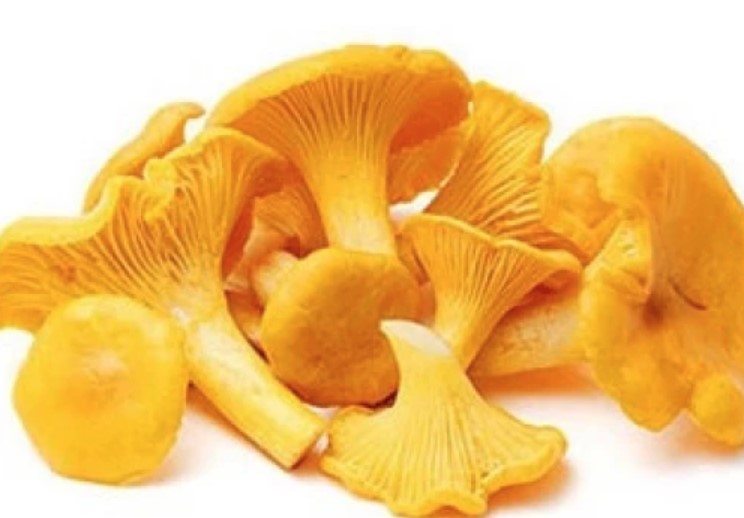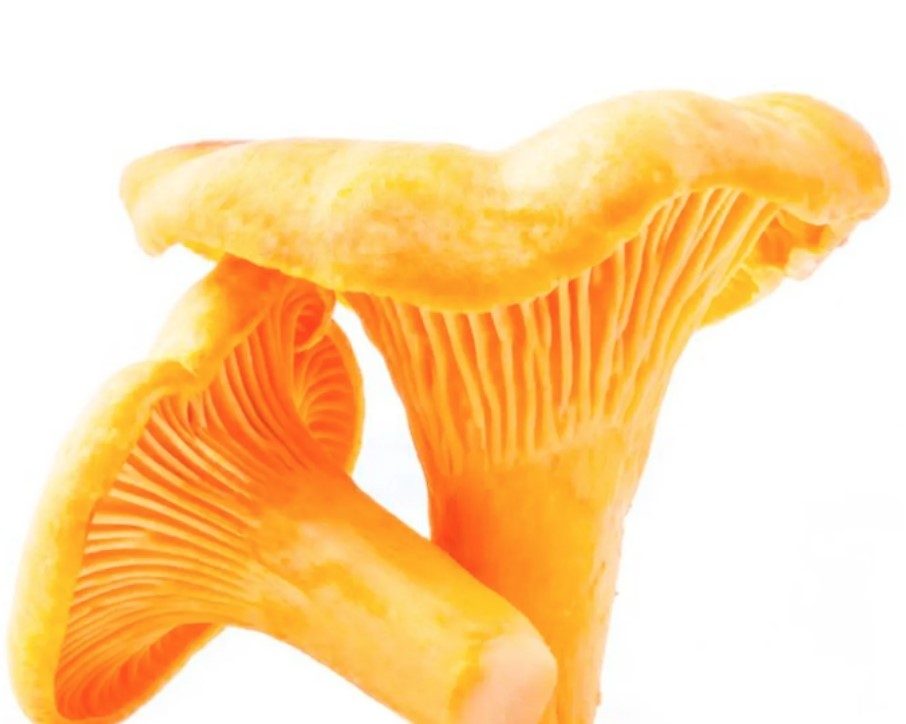The yellow, tasty chanterelles or chanterelles usually have to be cleaned beforehand before they can be prepared. cleaning or washing? How to properly clean chanterelles? We have put together helpful, proven tips for you on how this work can be made easier for you.
Properly cleaning chanterelles is easy when you consider the nature and texture of the delicious mushrooms. Because they are delicate, care must be taken. In addition, you can make sure to cut off the stems when collecting them in the forest so that as little dirt as possible gets into the basket.
Pre-cleaning of chanterelles in the forest

Chef and cook can save themselves a lot of work if the mushroom picker leaves the soil, needles, and leaves in the forest and not in the basket. It is even better to sparingly cut off the earthy stalk of the chanterelle when collecting it and scrape off the earth a little. In this way, the final cleaning of the mushroom harvest is just a snap for the housewife (and the househusband) and the further processing of the mushrooms, such as freezing the mushrooms or preparing delicious mushroom dishes, can begin.
Dry mushrooms are better than wet ones
It is very important and helpful to let the mushrooms dry a little. If they were picked after a rain in the forest, they are much dirtier than during a dry period and unfortunately, the dirt cannot be removed as well. If you lay them out on absorbent kitchen paper at home, the chanterelles can dry well. Don’t worry, they won’t lose any of their taste or their firmness!
The cleaning of chanterelles
In order to be able to enjoy your mushrooms later, you need to remove dirt and dirt from them. It is best to use a mushroom brush or a kitchen brush. You clean each mushroom individually by hand. This work can also be done carefully with a kitchen towel if you don’t have a brush at hand. Very sparingly cut off the dry or muddy areas, as well as the stalk, with a kitchen knife. Now the chanterelles are ready for further processing.
Clean or wash chanterelles?
You should definitely clean the chanterelles, and do it by hand. When washing, the delicious mushrooms would unfortunately quickly soak up water and become mushy. Furthermore, the chanterelles also lose their delicious aroma easily. Accordingly, you need to clean chanterelles properly, which means that you should take a little time to do it. However, there is a trick if you want or need to do it faster. It’s the flour trick.
The flour trick for washing mushrooms
If you’re in a hurry, you can use the flour trick. All you need is a small amount of regular flour, a plastic bag, and a sieve. Place the mushrooms in a colander and sprinkle flour over them. Then rub the mushrooms with your hands so that the flour can bind the dirt as a household remedy. Now wash the floury chanterelles briefly under the tap. Dry the chanterelles carefully with paper towels.
Freeze chanterelles properly

The chanterelle keeps fresh for a few days when cleaned and properly stored in the refrigerator at below 7°C. The mushroom can also be frozen well, provided it is very fresh and you proceed as follows: Cut the cleaned mushrooms in half lengthwise and check whether they have been eaten by maggots or worms. Now cut the mushrooms into bite-sized pieces. Then blanch them by putting them in boiling salted water for a minute. Then shock them with ice water and pat them dry. Now freeze them immediately.
The atmosphere of mushroom pickers
Many mushroom pickers swear by cleaning the chanterelles together in a relaxed atmosphere. Placed around a table, preferably outside on the terrace, with a beer or a glass of wine and a nice chat, work becomes a pleasure and seems to be done twice as quickly.
We wish all mushroom pickers and chanterelle cooks a successful season! Incidentally, the real chanterelle is called Eierschwammerl in Austria.






